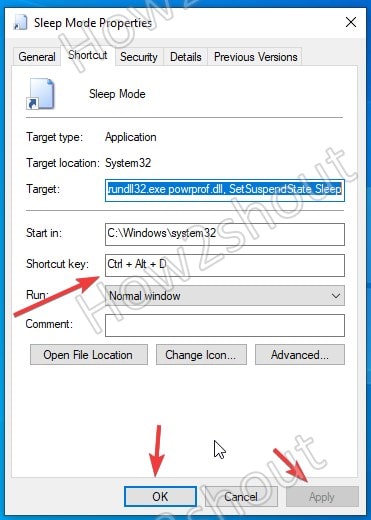

The date and time your system was booted will be displayed. Step 3: At the command prompt, enter the following command: systeminfo|find "Time:" Step 2: In the search field, type "cmd." Run the cmd.exe program that will appear. Your system's up-time is displayed next to Up Time in the format of Days:Hours:Minutes:Seconds. Step 3: Observe the block labeled System. Step 4: On the left side of the window, click Change when the computer sleeps.

The Power Options window will then appear. Step 3: Click Change Power Management settings. Step 2: Enter Power Management Settings in the search field. Step 2: In this window, click on the Performance tab. Step 1: Click Start Menu to load the Help Center. On the screen that appears, select Start Task Manager.Ĭhoice 2: Right click on the taskbar and select Start Task Manager.Ĭhoice 3: Press CtrlL+Shift+Esc to launch the task manager directly. You can do this in one of three ways:Ĭhoice 1: Press Ctrl+Alt+Delete. Note: You can also use these instructions to see how long you've been sitting in front of the computer, if you turn it off after each use. Here's how to access those pieces of information: That's why Windows keeps track of your total up-time and the last time your computer booted for you. Furthermore, if you're managing multiple computers, it's difficult to remember when each received a reboot. If you leave your computer on for extended periods of time, it's usually a good idea to perform a reboot now and then.


 0 kommentar(er)
0 kommentar(er)
